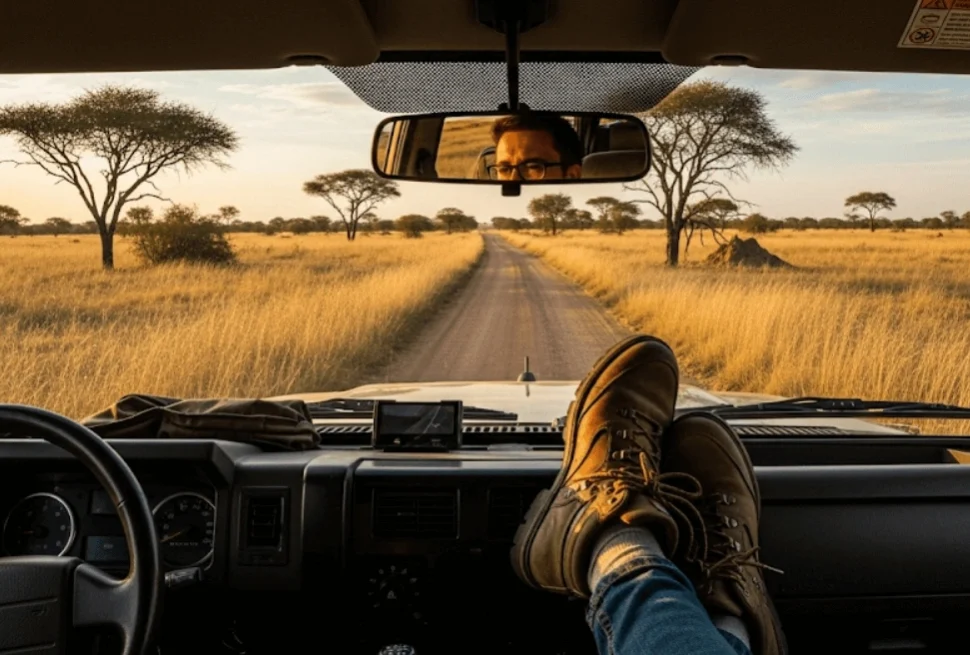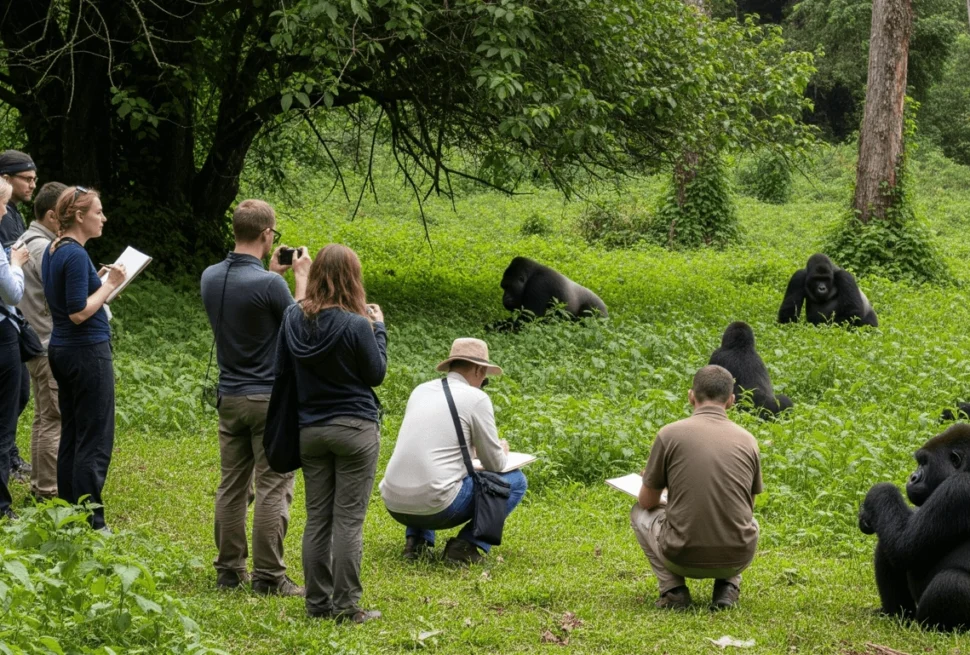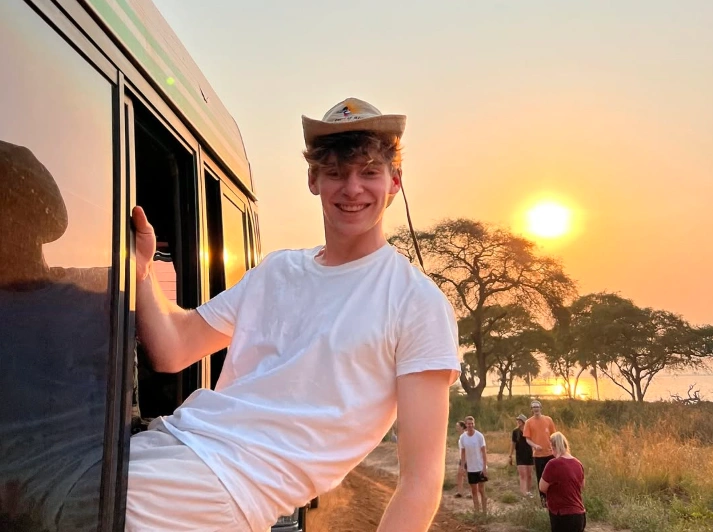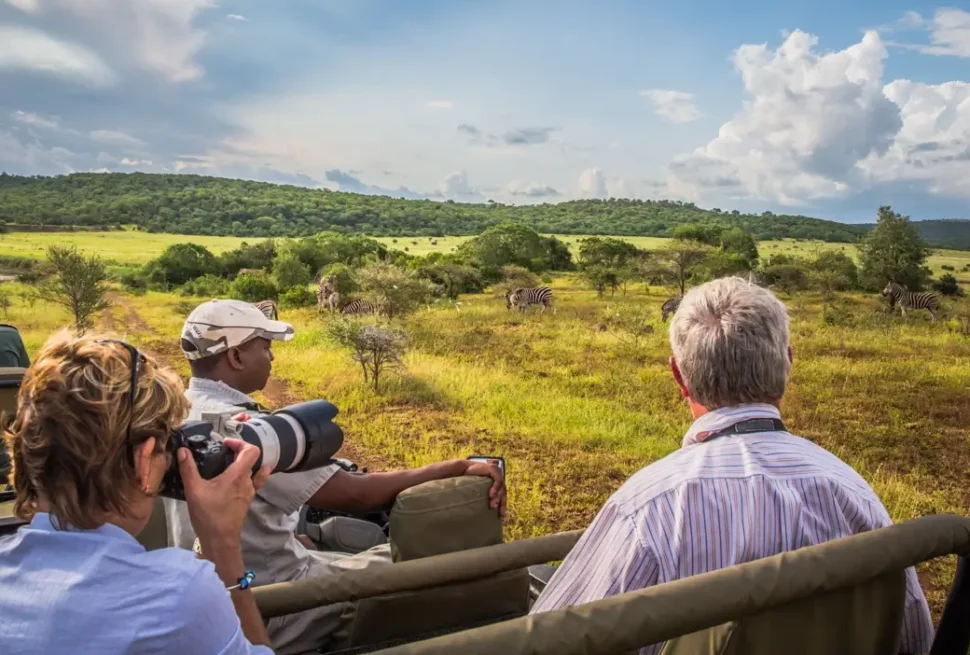Most safari packing lists online read like they were written by someone who’s never been near a tsetse fly or a muddy track in the wet season. Lightweight this, moisture-wicking that, convertible trousers everywhere. It sounds useful—until you realise half of it falls apart in the field.
East Africa demands better. Uganda, Rwanda, Kenya, Tanzania—these places chew through poorly made gear. The sun fades the fake UV shirts. The rains drown the cheap backpacks. And the bush doesn’t care about your Instagram-friendly hat.
Here’s what actually holds up.
Key Takeaways
- You need durable, breathable clothing, not flimsy ‘safari-style’ gimmicks.
- Neutral colors matter less than you think—comfort and practicality matter more.
- Forget heavy boots for most trips; broken-in trail shoes or trainers often outperform them.
- Prioritize sun protection and insect defense—these are your real battles.
- Many safari camps offer laundry—overpacking is a rookie mistake.
Clothing That Survives the Bush
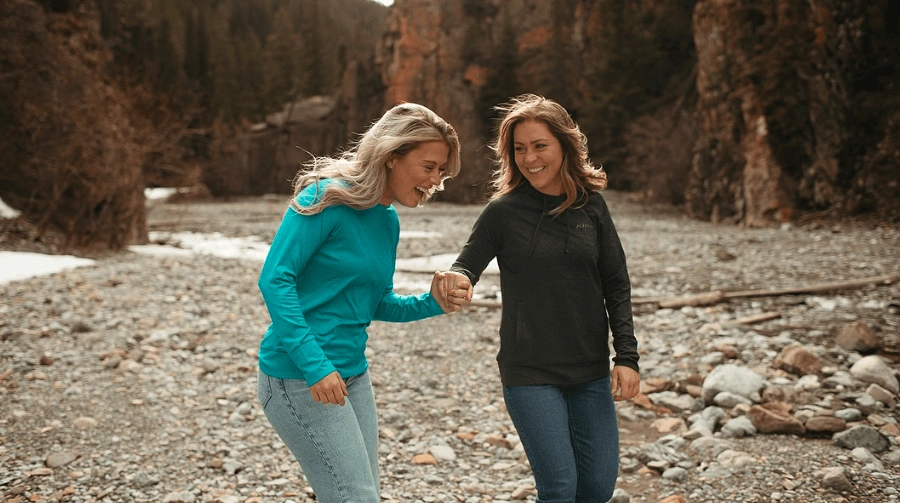
Most people obsess over color—beige, khaki, olive. The truth? As long as you avoid bright reds, neon colors, or loud patterns, you’re fine. Animals don’t care if you’re wearing taupe or sand.
What does matter is fabric and fit.
Pack breathable, quick-drying shirts (synthetic or merino), long-sleeved for sun and bugs. Heavy cotton clings to you and dries slowly when the humidity kicks in. Avoid stiff ‘safari’ shirts that feel like you’re wearing cardboard.
Trousers? Go for light, flexible hiking pants. If you must wear zip-offs, at least choose ones that don’t scream 1997. Stretchy jogger-style hiking trousers often work better.
Footwear
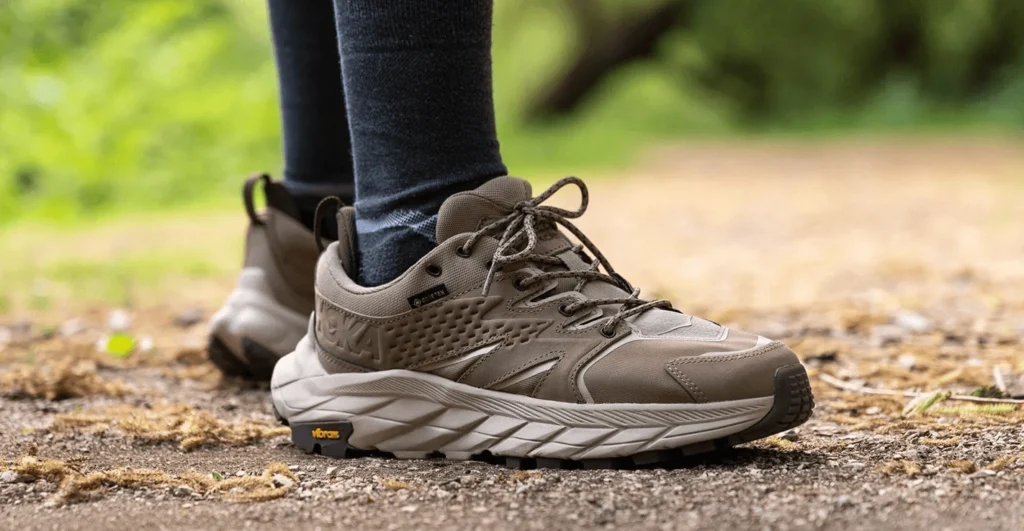
Unless you’re on serious mountain treks (like the Rwenzoris), you don’t need heavy boots. For most East Africa safaris—including gorilla trekking in Uganda—lightweight trail shoes with good grip are enough. Just make sure they’re already broken in.
Even for treks, many locals and seasoned guides wear trainers. They know the terrain. You don’t get points for overcomplicating your feet.
If you’re visiting wetter areas like Mabamba Swamp, pack something that handles mud and dries fast.
Layer Up
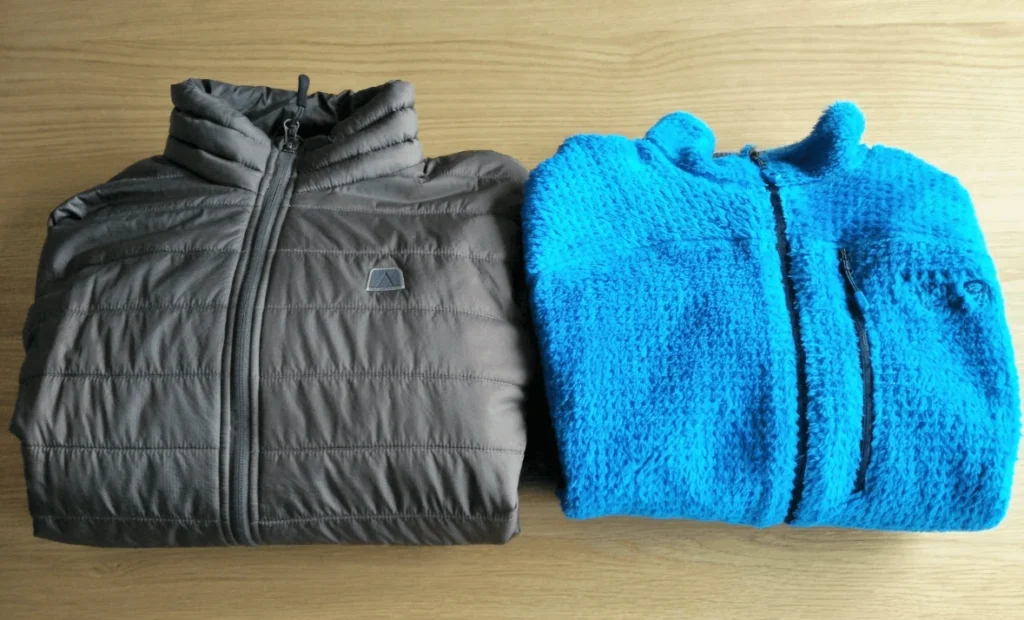
Game drives at dawn get cold—seriously cold, especially in places like Queen Elizabeth or the Murchison Falls. A light fleece or insulated jacket is essential. You’ll peel it off by mid-morning, but you’ll miss it at 6 am.
Sun, Bugs, and Staying Comfortable
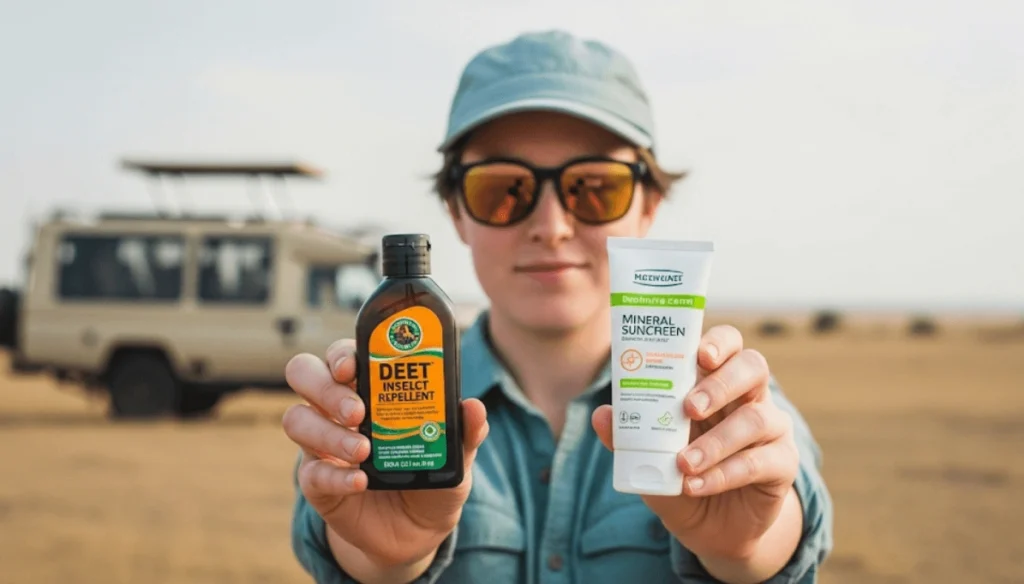
Forget the safari hat with the chin cord. Go for a simple wide-brimmed hat or a breathable cap. Pair that with sunglasses that actually block UV, not the cheap market knock-offs.
For sun protection, a decent mineral sunscreen beats the greasy supermarket stuff that melts in the heat. You’ll sweat—plan for it.
Bug spray? DEET-based repellents still work best, especially in malarial zones. And if you’re heading into serious tsetse country like parts of Murchison or Kidepo, know this: they bite through thin clothing. Long sleeves won’t save you—thicker fabrics help more.
You can also check the gorilla trekking rules—some parks recommend tucking in your trousers to fend off safari ants. It’s not a bad idea elsewhere, too.
Smart, Packable Extras
- Dry bags: Even in the dry season, East Africa loves surprise rain. Dry bags keep cameras and phones safe.
- Binoculars: Camps often say they provide them, but they’re usually clunky and scratched. Bring your own compact pair.
- Headlamp: Camps have limited lighting. A headlamp saves you from fumbling in the dark.
- Power bank: Remote lodges can have patchy power. A reliable power bank is your best friend.
- Basic medical kit: Include painkillers, antihistamines, blister plasters, and electrolytes. You won’t always find a pharmacy nearby.
What You Can Skip
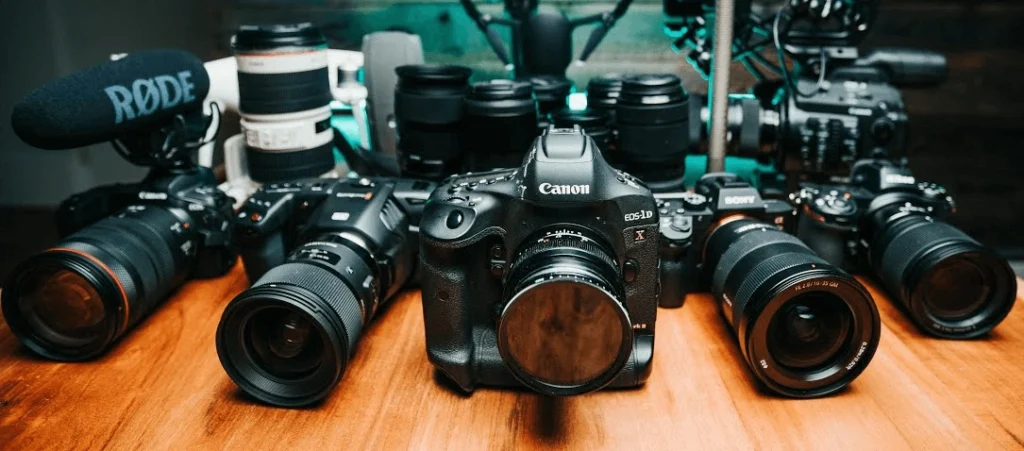
- Heavy jackets unless you’re climbing mountains.
- Expensive camera gear if you’re not already a photographer—phones do well on most drives.
- Massive suitcases—soft duffel bags are better for safari vehicles and small planes.
Many lodges offer same-day laundry. If you’re packing more than one outfit per day, you’re overdoing it.
A Note on Responsible Travel
Tourism shapes places—for better or worse. When you buy gear, think beyond Amazon’s first page. Consider companies that prioritize sustainability and fair labor. And while you’re in-country, support local artisans and guides. Safari isn’t just about animals—it’s about people, too.
For deeper tips, you might find our responsible travel in Uganda guide useful.
Planning your trip? Check out our curated Uganda safaris and request a quote to craft an itinerary that works for you.
Frequently Asked Questions
Do I need hiking boots for gorilla trekking?
Not necessarily. Lightweight trail shoes often perform better. Only consider boots if you’re trekking in the wet season or tackling steep, muddy trails.
What colors should I avoid on safari?
Avoid bright reds, blues, whites, and bold patterns. Stick with muted tones like olive, brown, and grey. But don’t obsess—practicality trumps color charts.
Is laundry available on safari?
Yes, most mid-range and luxury lodges offer laundry. It’s usually affordable and quick. This is why overpacking is a common mistake.
Can I wear shorts on safari?
On game drives, yes. For walking safaris or forest treks, long trousers are safer—especially against bugs, sun, and scratchy plants.
Should I bring my own binoculars?
Absolutely. Shared lodge binoculars are often low quality. A personal, lightweight pair will dramatically improve your wildlife viewing.


